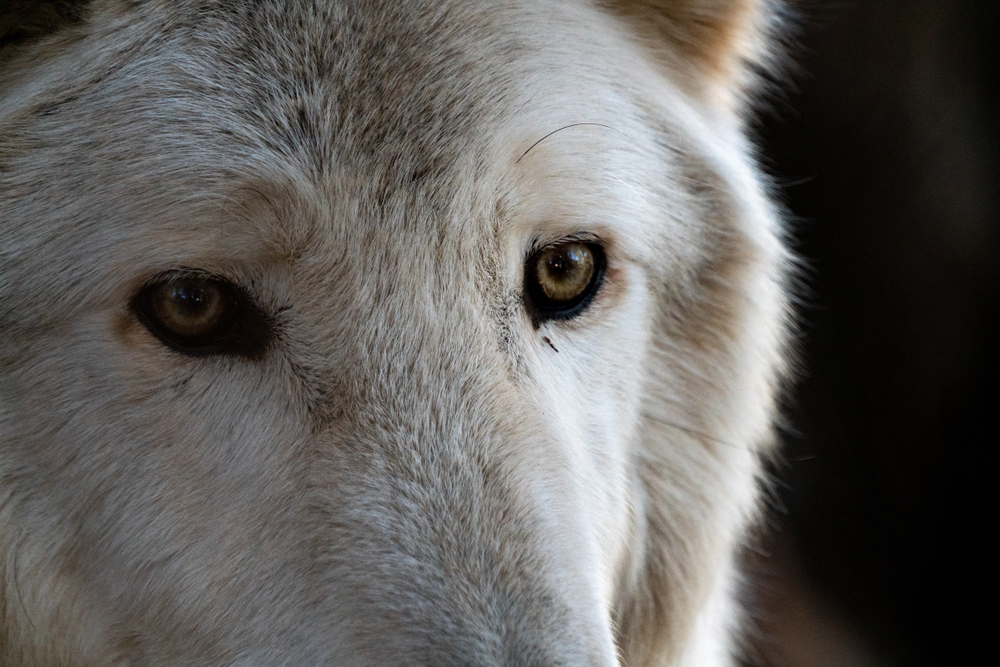A Groundbreaking Biotech Achievement
A major breakthrough in genetic science has emerged as Colossal Biosciences, a biotechnology company based in Dallas, successfully brought back a long-extinct species. Using advanced gene-editing, cloning, and ancient DNA analysis, the company has created the world’s first de-extincted animal: the dire wolf. These legendary predators, once dominant across prehistoric North America, now have living representatives again after thousands of years.
The dire wolf, scientifically known as Aenocyon dirus, was larger and more robust than today’s gray wolf, with a broader head, stronger jaw, and dense fur. To revive this extinct species, Colossal scientists focused on its closest living relative — the gray wolf — and used it as a biological template. By identifying key traits in fossil DNA and replicating them through genetic engineering, researchers achieved a new hybrid organism that closely resembles the original dire wolf.
Three dire wolf pups were born through this process. The births were made possible by interspecies gestation, where surrogate mothers — specifically large, mixed-breed domestic dogs — carried the embryos to term. This development marks the first concrete step in the company’s larger mission to revive extinct animals.
From Fossils to Life
The journey began with the extraction of ancient DNA from two dire wolf fossils: a tooth and a skull. With this material, researchers reconstructed two high-quality genomes of the species. These genomes were carefully compared with the genetic data of living canines such as wolves, jackals, and foxes. Through this analysis, Colossal was able to pinpoint the specific genetic markers that gave dire wolves their unique characteristics, such as long, thick white fur and certain cranial features.
Once the desired traits were mapped, the team made a series of gene edits to gray wolf cells — 20 precise modifications across 14 genes. These edited cells were then cloned and transferred into donor eggs. After successful embryo development, the embryos were implanted into surrogates. The result was the birth of three healthy dire wolf pups: two males and one female.
Though these animals are not genetically identical to the original species, their observable traits — or phenotype — align closely with what scientists believe dire wolves once looked like. These are the most accurate recreations seen in over 13,000 years, offering a glimpse into a distant evolutionary past.
A Secure New Habitat
The dire wolf pups now live in a highly secured and undisclosed facility spanning 2,000 acres. Designed specifically for this project, the site is protected with specialized fencing, continuous drone surveillance, and live monitoring systems. The area is certified for animal welfare and registered with relevant authorities, ensuring the safety and ethical treatment of the animals.
This habitat provides an environment where the dire wolves can grow, be studied, and be protected without posing a threat to existing ecosystems. Colossal emphasized the importance of monitoring and animal care, having developed new cloning techniques during this research that reduce invasiveness and prioritize health outcomes.
The Future of De-Extinction
The successful creation of the dire wolf pups represents only the beginning of Colossal’s broader vision. The company aims to use its technology to revive other extinct animals, including the woolly mammoth, the dodo, and the Tasmanian tiger. While some projects are still in progress, the dire wolf is the first tangible outcome of years of genetic research and innovation.
In parallel, the technology developed during the dire wolf project has already been applied to conservation efforts. Colossal has used similar cloning methods to produce two litters of red wolves, the most critically endangered wolf species. These techniques could prove vital in supporting endangered animals and restoring ecological balance.
Despite the excitement, there are ongoing discussions about the practical role of such creatures. Critics question the ecological relevance of bringing extinct species back to life, especially in environments where even existing predators like gray wolves face threats. Still, the scientific achievement is undeniable. The reappearance of a dire wolf-like creature, made possible through precise gene editing and deep knowledge of evolutionary biology, marks a significant milestone in the field of biotechnology.
As de-extinction science advances, the possibilities for both wildlife conservation and evolutionary research expand. Whether these new animals will remain as symbols of scientific achievement or eventually participate in natural ecosystems remains to be seen. What is clear is that the boundary between extinction and existence is no longer as permanent as once believed.


